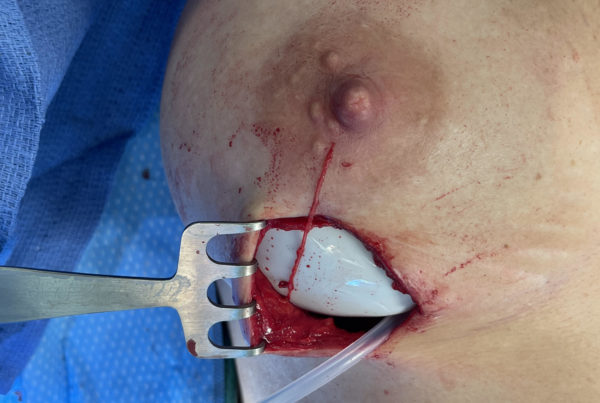Simple question, somewhat nuanced answer. Basically, nerve blocks are injections of local anesthetic aimed at temporarily and chemically inactivating a nerve – pure and simple. Where things get a bit more complicated is the amount and type of local anesthetic used and if it is mixed with anything else. Each type of local anesthetic has a distinct pharmacokinetic (i.e., how the drug is broken down within the body) profile primarily affecting the duration of action and onset of action of the drug. Two common types of local anesthetic are lidocaine – quick onset, short duration and Bupivacaine (AKA Marcaine/Sensorcaine) – longer onset, but much longer duration of action. Sometimes these agents are injected by themselves and sometimes they are used together with or without epinephrine (to prolong the duration of action even further). Oftentimes, nerve blocks also include steroids (e.g., Kenalog) which are intended to reduce inflammation locally. Typically. when people add steroids to the “block”, they are using the blocks as treatments, not as diagnostic tests, but like any medication, the effects are often temporary (a few days to a few months) and then the symptoms typically return. Steroids also have side effects that preclude their use chronically and at too high doses. Local anesthetics are usually metabolized within a few hours so theoretically, you could have one every day without any long-term problems (not done in practice except perhaps at certain government black ops sites that we don’t really know anything about😉).
Trigger point injections, on the other hand, are a bit trickier. They are, in my opinion, relatively poorly defined, but basically consist of a focal infiltration of local anesthetic +/- steroid in the soft tissues in an area of pain (i.e., “the trigger point”). Unlike nerve blocks which are used to block specific nerves (hence the name) and produce numbness for diagnostic purposes as noted above, trigger point injections are given within muscle or other soft tissue to treat pain by modulating local pain signals in some other way. Practically speaking, trigger point injections are used as treatments in the hopes that blocking the pain signals in this other way will lead to some permanent degree of relief. In addition, any numbness experienced is typically only at the site of injection instead of within the distribution of a nerve.
So why do some people require one shot and others 10? Well, it depends on what’s being done and the pathology being addressed. I don’t do trigger point injections since I’ve not seen compelling explanations describing exactly how they’re supposed to work or why they’re supposed to work so I’ll speak to nerve blocks. If you come to my office and based upon your history and physical exam, I think you have right-sided, greater occipital neuralgia, I will block the right GON. If I’m correct, the 10/10 headache you came in with will be significantly better if not gone just by blocking that one nerve. If, however, I think you have bilateral greater, lesser and third occipital neuralgia, I will tell you ahead of time that you might require three sets of shots in that session. The first set of shots will be in what I deem to be your primary source of pain. Let’s say your headache is 10/10 and I think that your primary source of pain is the GONs – I will inject those nerves and wait several minutes. If your headache disappears, I’m done. If your headache only gets 33% better, now I’ll inject another potential source, let’s say the LONs. If your headache is now gone, I will operate on both the GONs and LONs since blocking both gave you incremental and total or near-total relief. If you’re only 66% improved following the LON injections, I will inject the third occipital nerves and if now your headache is gone, I have to operate on all three nerves bilaterally. You cannot inject all three nerves on both sides at the same time, because if you get complete relief after injecting all at once, you literally have no idea which nerve block gave you that result. Therefore, the number of shots with regard to nerve blocks depends on how many nerves you think you’ll need to knock out to get the result you hope to achieve with an operation and your injection technique/experience. Hope that helps.





